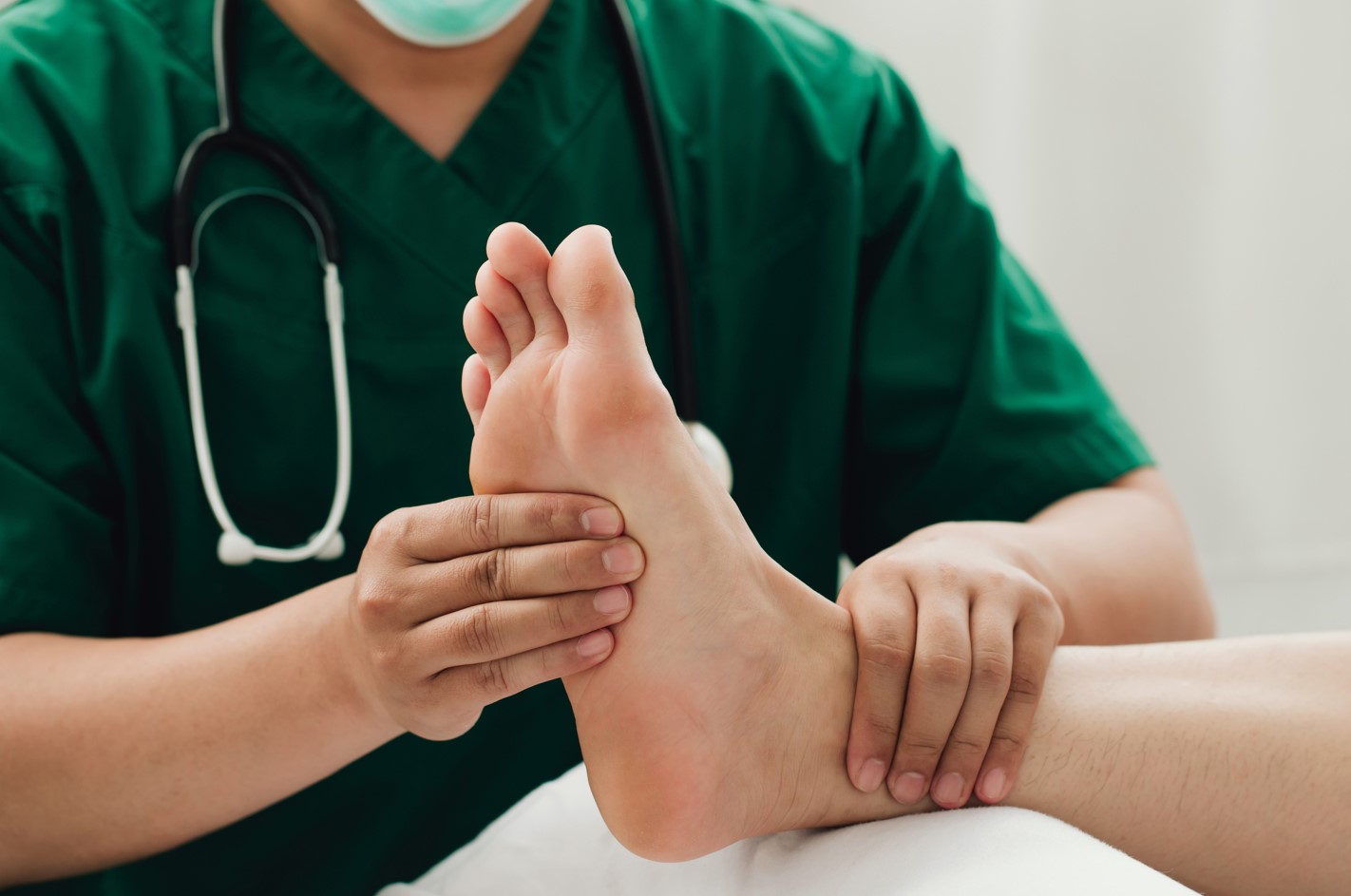Achilles tendon rupture refers to the tearing or snapping of the Achilles tendon, which is the strong band of tissue connecting the calf muscles to the heel bone. This injury often occurs during activities that involve sudden, forceful movements like jumping or sprinting, but it can also result from chronic overuse. Achilles tendon rupture typically causes sudden, severe pain in the back of the ankle or calf, swelling, difficulty walking or standing on tiptoe, and sometimes a noticeable gap or deformity in the tendon. Treatment options vary depending on the extent of the injury and may include conservative methods like immobilization in a cast or brace, or surgical repair to reconnect the torn ends of the tendon. Rehabilitation and physical therapy are often essential for recovery.

The diagnosis of Achilles tendon rupture is typically established through a comprehensive evaluation process. The doctor will begin with a thorough physical examination of the affected leg and ankle, looking for telltale signs such as a gap or deformity in the Achilles tendon. These physical findings often raise suspicion of a rupture. To confirm the diagnosis and assess the extent of the injury, imaging tests like ultrasound or magnetic resonance imaging (MRI) are commonly employed. Ultrasound can provide real-time imaging and is particularly effective in identifying ruptures. MRI offers detailed information about the tendon's condition and can help guide treatment decisions. The combination of a physical examination and imaging studies allows for a precise diagnosis, enabling healthcare providers to tailor the most appropriate treatment plan for the patient's specific situation.


The treatment of Achilles tendon rupture varies based on factors such as injury severity and patient characteristics. Non-surgical options, including immobilization, physical therapy, and elevation, are suitable for less severe injuries or patients who can't undergo surgery. Surgical treatment, on the other hand, is often recommended for complete ruptures, particularly in younger and more active individuals. Surgical methods can include open repair or minimally invasive techniques, with post-treatment rehabilitation being a crucial part of recovery to restore strength and mobility. The choice of treatment should be tailored to each patient's specific needs and discussed with their doctor.